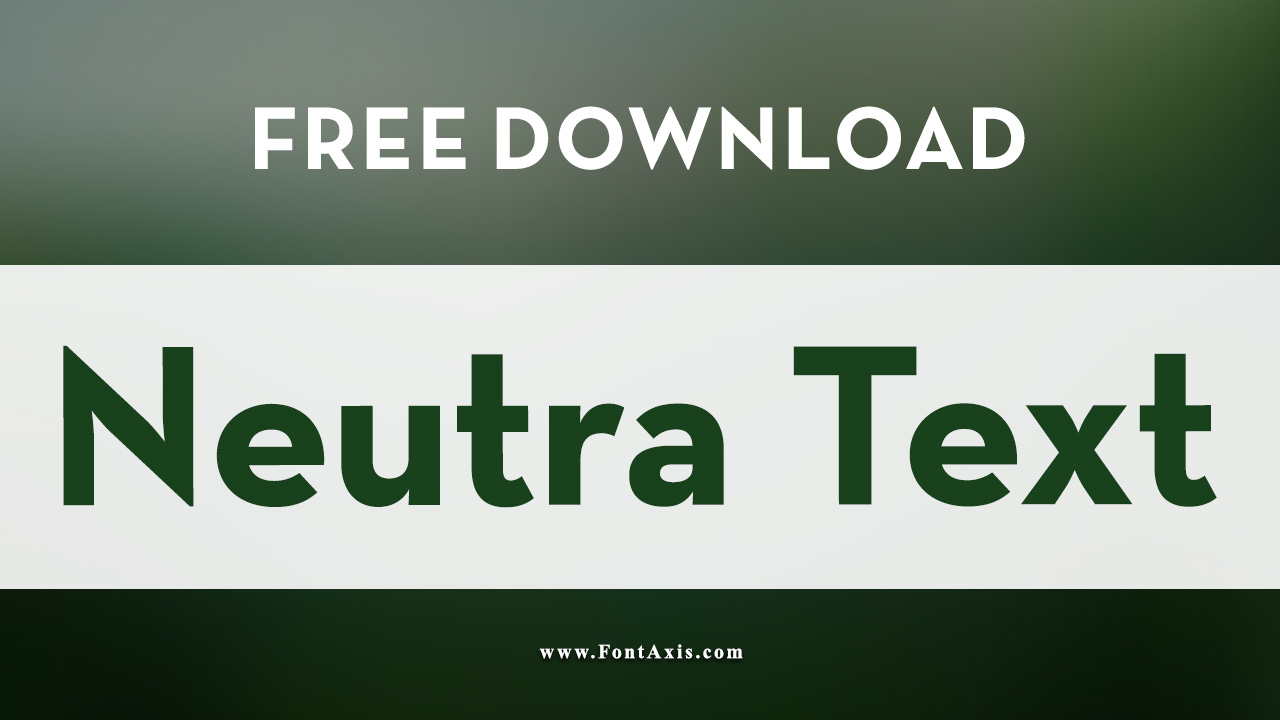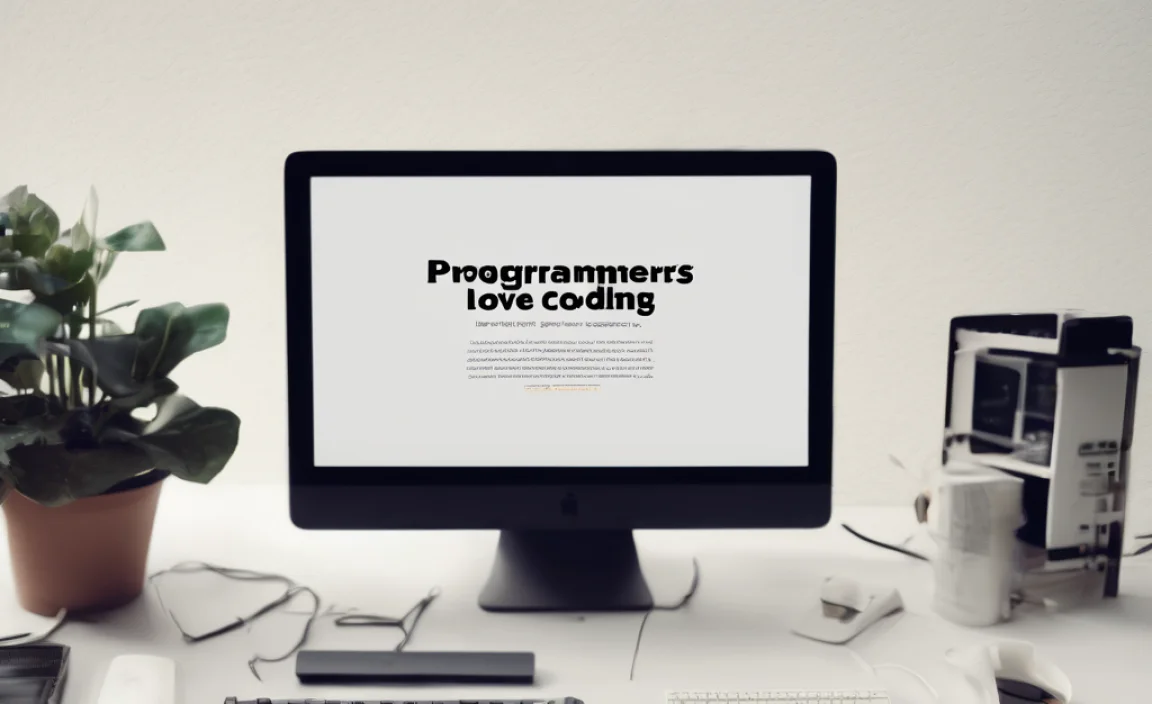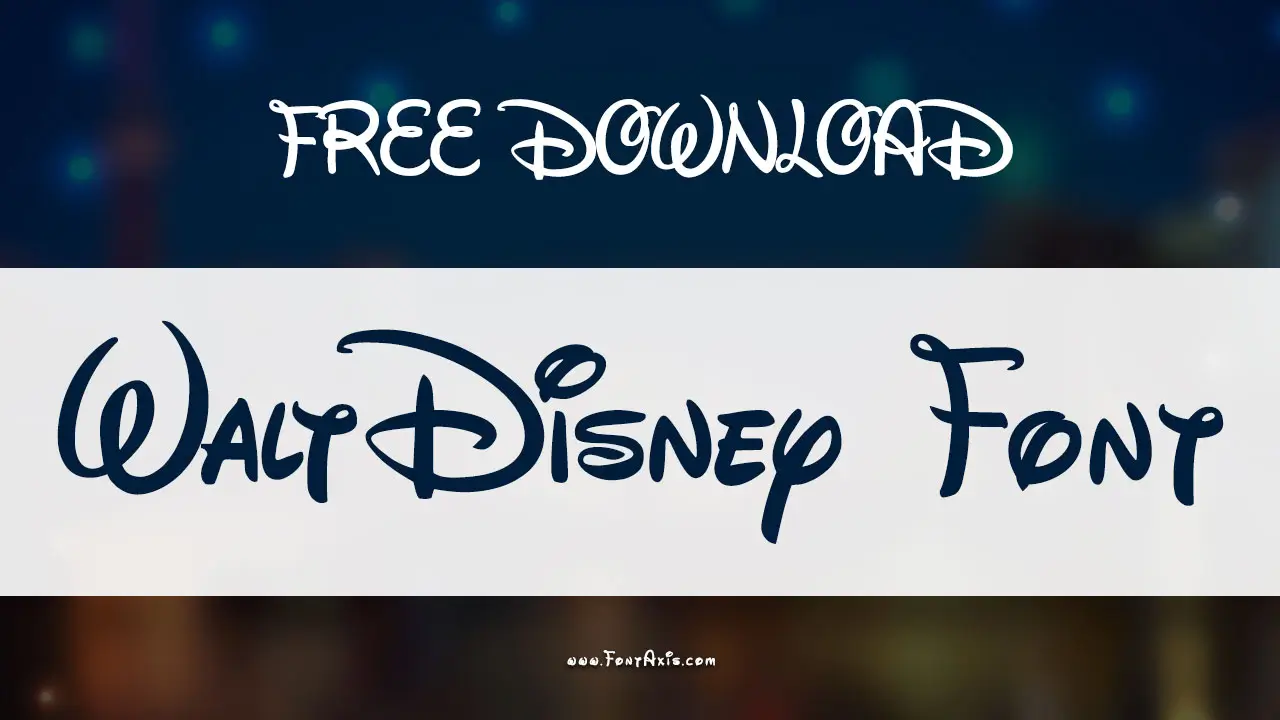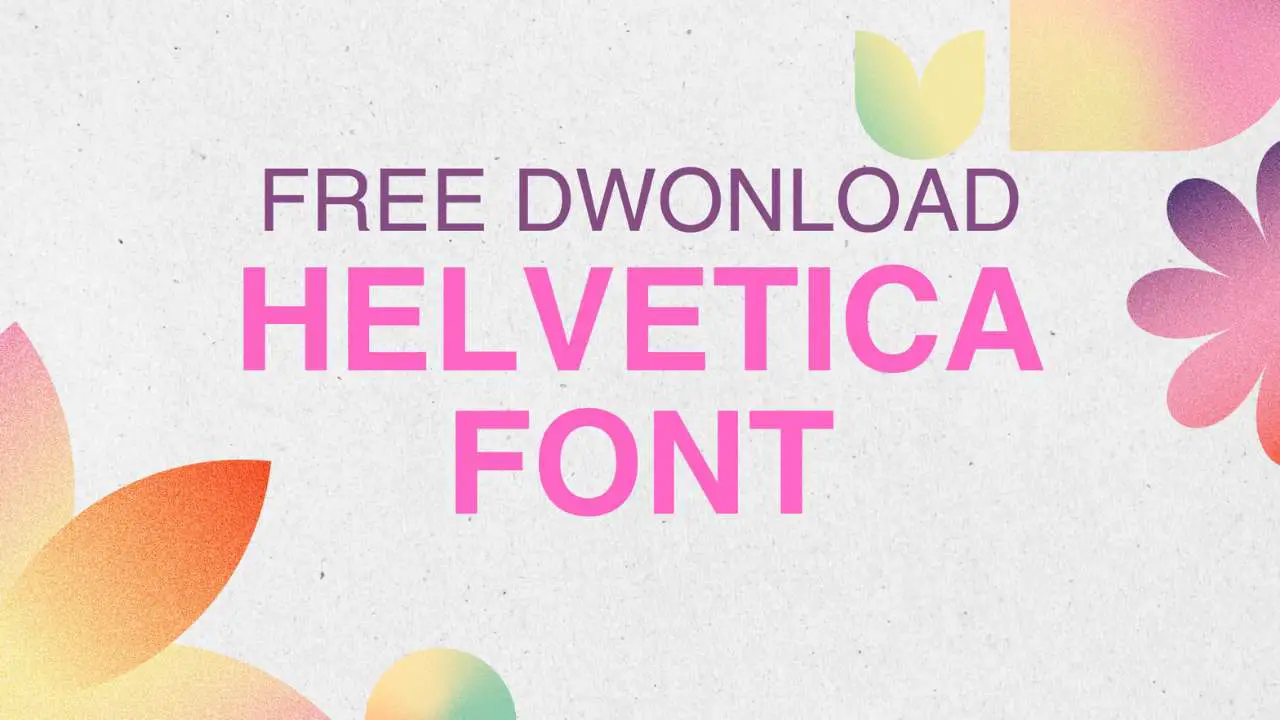Banished Font: Essential Guide For Effortless Design
Struggling to find that perfect font that just works? You’re not alone! The world of typography can feel overwhelming, with countless options that can leave even experienced designers scratching their heads. When a font doesn’t quite fit, it can throw off your entire design. This guide is here to banish that frustration forever. We’ll walk through how to choose, pair, and use fonts effectively, transforming your designs from good to absolutely stunning. Get ready to unlock your design potential!
Welcome to FontAxis! I’m Linda Bennett, and I believe that understanding typography should be an inspiring, not intimidating, journey. Today, we’re diving deep into the concept of “banished fonts” – those pesky typestyles that just don’t belong in your project. We’ll learn how to identify them and, more importantly, how to select fonts that elevate your message and captivate your audience. Think of this as your friendly guide to making your text not just readable, but truly beautiful. Let’s explore how to make every character count!
What is a “Banished Font” in Design?
The term “banished font” isn’t a technical typography term with a strict definition. Instead, it’s a creative concept we use to describe a font that is entirely inappropriate or detrimental to a specific design project. It’s a font that clashes with the brand’s personality, hinders readability, looks unprofessional, or simply doesn’t serve the intended purpose. Imagine using a playful, cartoonish font for a formal legal document, or a highly decorative script for a concise technical manual. These are fonts that have been “banished” from the project because they undermine its core message and aesthetic.
Choosing the right font is crucial for effective communication. A well-chosen font can set the tone, convey emotion, and make your content engaging. Conversely, a “banished font” can distract, confuse, and even alienate your audience. Recognizing when a font doesn’t fit is the first step towards making smarter, more impactful design decisions. This guide will equip you to identify potential banished fonts and select ones that truly enhance your message.
Why Font Choice Matters in Design
Your font choice is more than just selecting letters; it’s a vital part of your brand’s identity and the user’s experience. Fonts have personalities! A sturdy, serif font might feel traditional and trustworthy, while a sleek, sans-serif can convey modernity and efficiency. A flowing script font can evoke elegance or intimacy, and a bold display font can grab attention. Each stroke, curve, and spacing contributes to how your message is perceived.
When a font is “banished,” it’s because it actively works against your design goals. It might:
- Undermine Brand Identity: A playful font for a luxury brand screams inconsistency.
- Hurt Readability: Tiny, overly condensed fonts for body text are a nightmare.
- Look Unprofessional: Overused or dated fonts can make a design feel amateurish.
- Contradict the Tone: Comic Sans in a serious context is a classic example of a banished font.
- Cause Visual Fatigue: Fonts with poor letterforms or awkward spacing can tire readers quickly.
By understanding these impacts, we can proactively avoid the pitfalls of banished fonts and ensure our typography actively supports our creative vision.
Identifying Fonts to Be Banished: Red Flags to Watch For
So, how do you spot a font that needs to be sent packing? It’s about looking beyond just “liking” a font and considering its context and performance. Here are some common red flags that indicate a font might be headed for the banished list in your project:
1. Legibility Issues
This is the most critical red flag. If your audience struggles to read your text, the font has failed its primary job. Watch out for:
- Confusing Letterforms: ‘i’ and ‘l’, or ‘0’ and ‘O’ looking too similar.
- Overly Thin or Thick Strokes: Fonts that are too delicate can disappear on screen, while those with excessively thick strokes can become muddy, especially at smaller sizes.
- Tight Kerning or Tracking: Letters crammed too close together make words a blur.
- Unusual or Overly Stylized Shapes: While unique, some fonts stretch readability to its limit.
2. Inappropriate Personality or Tone
Every font carries a certain “vibe.” If that vibe clashes with your brand or message, it’s a prime candidate for banishment.
- Too Casual for Formal: Using a script font suitable for wedding invitations on a corporate report.
- Too Serious for Fun: Employing a very stern, blocky font for a children’s party invitation.
- Dated or Trendy: Some fonts fall out of fashion quickly. While a touch of nostalgia can be good, overused or dated fonts can make your design feel old-fashioned.
3. Poor Technical Qualities
Beyond appearance, some fonts are simply poorly constructed.
- Lack of Weight Variations: Needing bold, italics, and regular versions but only finding one or two is a major limitation.
- Inconsistent Spacing: Some fonts just look weird because the spacing between certain letter pairs is off.
- Limited Character Set: Missing essential punctuation marks, accents, or currency symbols.
4. Overfamiliarity or Stigma
Some fonts have been used so much, or in such notoriously bad ways, that they’ve developed a negative association.
- Commonly Misused Fonts: Think of Comic Sans. While it has its place, its widespread misuse has made it a symbol of bad design for many.
- Generic System Fonts (in the wrong context): While Arial or Times New Roman are functional, they can sometimes feel uninspired if not used creatively.
By keeping these red flags in mind, you’ll be much better equipped to identify fonts that should be banished from your design projects before they cause harm.
The Four Main Font Classifications
To make informed choices, it helps to understand the basic categories of fonts. While there are many sub-classifications and hybrid styles, most fonts can be grouped into four main families:
1. Serif Fonts
Serif fonts are characterized by small decorative strokes (called serifs) at the end of the main strokes of letters. These are among the oldest font styles, originating from ancient Roman inscriptions. They are often associated with tradition, authority, and trustworthiness.
Characteristics:
- Presence of serifs.
- Often have varying stroke widths (thick and thin).
- Generally perceived as classic, sophisticated, and grounded.
Best Use Cases:
- Long blocks of body text in print (books, newspapers, magazines) – serifs can guide the eye.
- Formal documents.
- Branding for established or traditional businesses.
Examples: Times New Roman, Georgia, Garamond, Playfair Display.
2. Sans-Serif Fonts
Sans-serif fonts, as the name suggests (“sans” means “without” in French), lack serifs. They have clean, straight edges and are often perceived as modern, minimalist, and straightforward.
Characteristics:
- No serifs.
- Typically have uniform stroke widths (though some variations exist).
- Often seen as clean, approachable, and contemporary.
Best Use Cases:
- Websites and digital interfaces (read well at various screen resolutions).
- Headings and subheadings.
- Modern branding.
- Logos and signage that require immediate clarity.
Examples: Arial, Helvetica, Open Sans, Montserrat, Roboto.
3. Script Fonts
Script fonts mimic handwriting or calligraphy. They can range from elegant and formal to casual and playful.
Characteristics:
- Flowing lines, often connecting letters.
- Can be very ornate or simple and handwritten.
- Emphasize personality, elegance, or informality.
Best Use Cases:
- Headlines, invitations, or logos where a specific mood is desired.
- Accent pieces – rarely for long body text.
- Branding for creative, personal, or luxury goods.
Examples: Great Vibes, Pacifico, Dancing Script, Brush Script MT.
4. Display Fonts (Decorative Fonts)
Display fonts are designed for impact and are typically used for headlines, titles, or short-form text where attention-grabbing is key. They often have unique, exaggerated, or artistic characteristics.
Characteristics:
- Highly distinctive and attention-grabbing.
- Can be very stylized, whimsical, or bold.
- Often lack the readability for extended text.
Best Use Cases:
- Large headlines and titles.
- Logos.
- Posters, banners, and packaging.
- Creative projects where artistic expression is paramount.
Examples: Lobster, Bebas Neue (can also function as sans-serif), Anton, various distressed or thematic fonts.
Understanding these categories provides a framework for selecting appropriate fonts and avoiding those that might be banished.
Step-by-Step Guide to Choosing the Right Fonts
Selecting the perfect font doesn’t have to be a shot in the dark. Follow these steps to make confident, effective choices for your projects.
Step 1: Define Your Project’s Goal and Audience
Before you even look at a font, ask yourself:
- What is the main message? Is it informative, persuasive, entertaining, professional?
- Who am I trying to reach? What are their expectations and preferences? (e.g., young and trendy, serious professionals, families).
- What is the overall tone? (e.g., formal, casual, luxurious, playful, serious, urgent).
A font that works for a child’s birthday party invitation will be entirely inappropriate for a financial report. Clarity here is key.
Step 2: Research Font Personalities
Think about the “personality” associated with different font types.
Typedia discusses typographic personality and how different styles evoke various feelings.
- Serifs: Classic, trustworthy, traditional, scholarly, elegant.
- Sans-Serifs: Modern, clean, direct, friendly, approachable, tech-savvy.
- Scripts: Personal, elegant, artistic, casual, handmade, romantic.
- Display: Bold, unique, attention-grabbing, thematic, expressive.
Match the desired personality to your project goals.
Step 3: Consider Readability Above All Else
No matter how beautiful a font is, if it’s hard to read, it’s the wrong font, especially for body text. Test fonts at the intended size and on the intended medium (screen or print).
Key Readability Factors:
- X-Height: The height of lowercase letters like ‘x’. A larger x-height generally improves readability.
- Letter Spacing (Kerning & Tracking): Ensure letters aren’t too cramped or too far apart.
- Apertures: The openings in letters like ‘c’, ‘e’, ‘a’. Open apertures aid recognition.
- Distinguishable Characters: ‘I’, ‘l’, ‘1’, ‘O’, ‘0’ should be easily told apart.
Step 4: Select a Primary Font (Headline/Title)
This is often the font that sets the visual tone. It might be more decorative for impact or clean and bold for clarity.
- Think about bold display fonts, distinct sans-serifs, or elegant scripts.
- Ensure it’s legible in large sizes.
Step 5: Choose a Complementary Secondary Font (Body Text)
This font needs to be highly readable for longer passages. It should complement your primary font without competing.
- Often a simple, clean sans-serif or a classic serif works well.
- Ensure it has good weight and spacing for comfortable reading.
- Check if it comes in various weights (regular, bold) for emphasis.
Step 6: Test Font Pairings
Combining fonts can be tricky. Here are some guidelines:
- Contrast is Key: Pair a serif with a sans-serif.
- Don’t Pair Two Highly Decorative Fonts: They will fight for attention.
- Consider the Mood: Ensure the paired fonts feel harmonious together and with your brand.
- Use Font Pairing Tools: Websites like Google Fonts, FontPair, and Typewolf offer suggestions.
Step 7: Check Technical Requirements
Especially for digital projects:
- Web Fonts: Ensure the font is available for web use (e.g., from Google Fonts) and loads efficiently.
- Licensing: Always check the font license to ensure you’re allowed to use it for your intended purpose (personal, commercial, web, print).
- Character Set: Does it have all the symbols and characters you need?
Step 8: Get Feedback and Refine
Sometimes, a font looks great to you, but others might have a different reaction. Test your choices with a small focus group or a colleague. Be open to constructive criticism and make adjustments as needed.
By following these steps, you can move from being overwhelmed by font choices to confidently selecting typefaces that significantly enhance your design.
Effective Font Pairing Strategies
Font pairing is an art, but like any art form, it can be learned and mastered. The goal is to create visual harmony and appeal, guiding the reader’s eye while reinforcing your message. Pairing fonts effectively means choosing typefaces that complement each other, rather than clash.
Here are some proven strategies for successful font pairing:
1. Contrast: The Foundation of Great Pairings
The most fundamental rule is to create contrast. When fonts are too similar, they tend to muddle the design, and it’s hard to tell where one stops and the other begins. The easiest and most common contrast is pairing a serif with a sans-serif.
- Example: Use a bold sans-serif like Montserrat for headlines and a readable serif like Merriweather for body text.
- Why it works: The distinct visual characteristics of each family create clear hierarchy and prevent visual monotony.
2. Harmonize: Matching Mood and Personality
While contrast is important, the fonts should also feel like they belong together. They should share a similar underlying mood or personality that aligns with your brand or project. Simply contrasting a very formal serif with a very playful script might not create the desired harmony.
- Example: If your brand is modern and sleek, a contemporary sans-serif for headings and a clean, geometric sans-serif for body text could work.
- Why it works: The shared modern aesthetic creates a cohesive feel, with variations in style (e.g., weight, width) providing enough distinction.
3. Hierarchy: Guide the Reader’s Eye
Good font pairings help establish a clear visual hierarchy, telling the reader what’s most important. Your headline font should stand out from your body text.
- Use Size and Weight: Make your headline significantly larger and perhaps bolder than your body text.
- Consider the X-Height: For body text, a larger x-height generally improves readability at smaller sizes.
- Contrast in Style: A decorative display font for a headline might be paired with a simple, unobtrusive sans-serif or serif for subheadings and body text.
4. Limiting Your Palette: Stick to Two or Three Fonts
It’s tempting to use many different fonts, but this often leads to a chaotic and unprofessional look. For most projects, sticking to one or two font families is ideal. If you need more, consider using different weights or styles within those families.
- One Font, Multiple Weights/Styles: Use bold for headings, regular for paragraphs, and italics for emphasis using just one font family (e.g., Open Sans Light, Regular, Bold).
- Two Font Families: One for headlines/titles, another for body copy.
- Three Font Families









